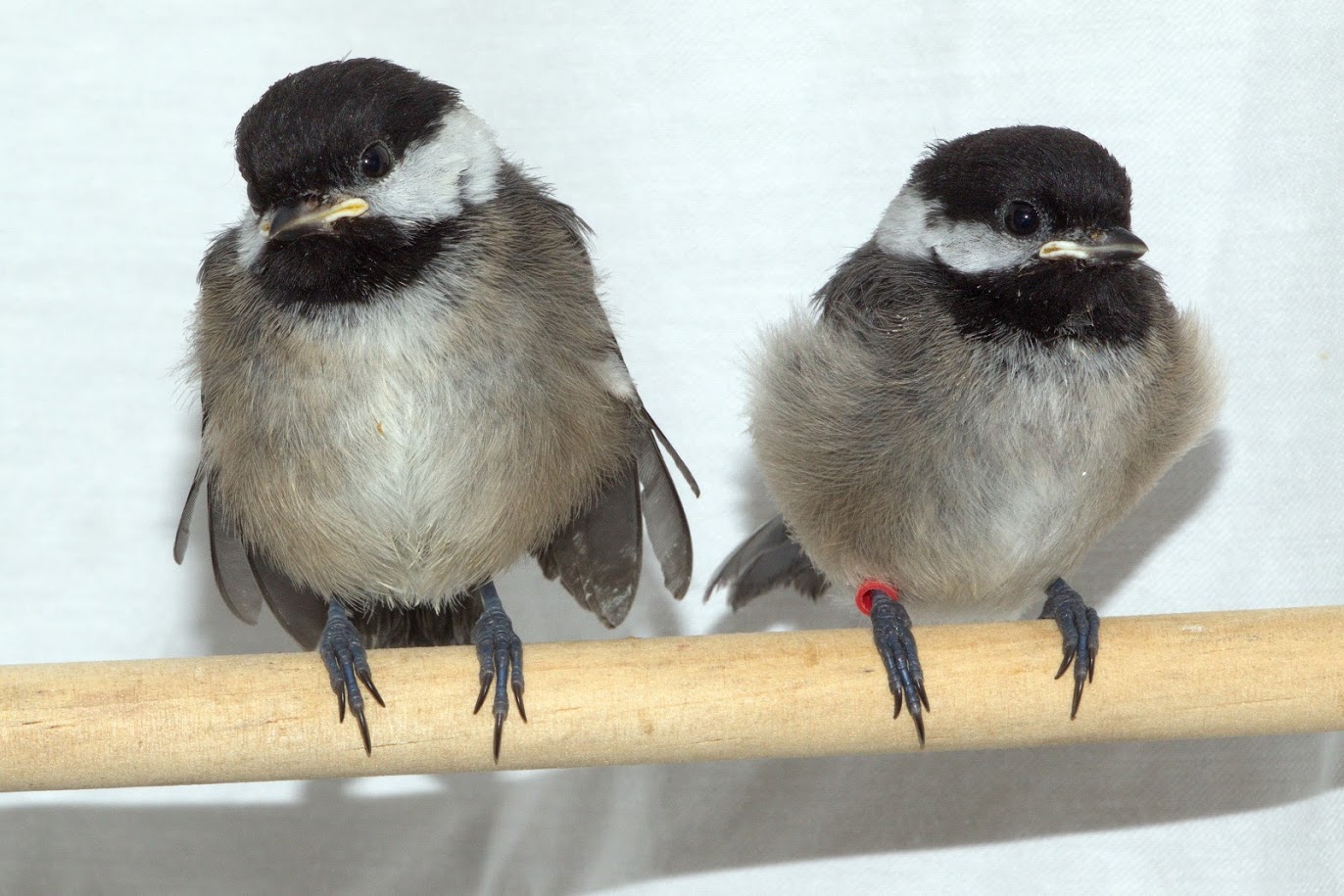Support Us
Since 1979 more than 140,000 animals have been treated by Wildlife Rescue.
Thanks to the support of individuals like you, Wildlife Rescue can provide a lifeline for animals in distress.
Every year, 3.5 billion birds fly south for the winter after spending the summer up north. While these birds are strong for enduring such a long trip, the birds that stay in Canada are even stronger, braving storms, snow, and freezing temperatures!
Challenges They Face
These resilient birds face many challenges in the cold and dreary winter when the temperature drops and the weather changes. When the temperature dips below 0℃, freshwater freezes over, making it hard for these endothermic (warm-blooded) animals to find food and a place to bathe. Of course, even cold-blooded ectothermic animals struggle during this time, burrowing deep into the ground for the cold winter.
While ectothermic animals may be able to survive the winter by simply burrowing into the ground, endothermic animals (such as birds) must choose a different way to prevail throughout winter. Many birds fly south for the winter, leaving Canada for warmer climates. Genetics also give these animals a leg up, as many birds and mammals grow more fur and feathers in the winter to insulate warmth and undergo torpor by dropping their body temperatures a few degrees to reduce heat loss.
Of course, hibernation is a common tactic used in the winter, as many mammals (such as woodchucks) will have body temperatures 20℃ below their normal warmth. As well, heart rates drop to drastically low levels. Some hibernators (such as jumping mice, nonmigratory bats, and marmots) even accumulate body fat for insulation to survive their long hibernation periods.
Food and water are scarce during these periods, making every day an act of survival. It truly is incredible how wildlife can prevail! Below are a few of the many birds that winter in Canada!
Black-Capped Chickadees
Found in parks, forests and open woods, Black-capped chickadees are a familiar sight in British Columbia, their unique call comforting to anyone who hears it. While these birds are small, their perseverance and smarts have helped them weather Canadian winters. To store food, these birds will hide seeds in one of the thousands of hiding spots they have memorized, supplying them with food for a long time. Of course, these clever birds have a method to avoid predators too. When a potential threat is spotted, Chickadees will use their chickadee-dee-dee call, adding more “dees” for large hazards.

California Quails
Plump and round with brown wings and an unmistakable topknot of feathers on their head, California Quail are easy to spot. While they were originally brought to Osoyoos as game birds, these quails have since adapted to their habitat, becoming a staple of the Okanagan. After years of living in dry habits, California Quail have picked up a helpful adaptation. Since they may go without access to water for long lengths of time, these birds can survive without drinking water, instead of using moisture from the food (insects and vegetation) they eat. As well, these birds can have nests of as many as 28 eggs! Many female California Quail will lay eggs in other nests, or “dump eggs”.
Gray Jays
Fearless and friendly, Gray Jays (also known as Canada Jays) can be found in Canada year-round, enduring our harsh winters and enjoying our warm summers. To store food for later, Gray Jays have a clever trick. These jays use their saliva to stick food to high tree branches so they will not be affected by snow, making sure they have food throughout the cold winter! Of course, the strength of these birds should be praised as well. Gray Jays will nest and incubate their eggs during late winter, when temperatures can drop below 20℉, using their thick feathers that puff up in the winter to keep them warm. Gray Jays even have their nostrils covered with feathers!
While these birds have learned to survive on their own, you can still help them through winter with these helpful hints…
What to do if you find an injured or weak bird?
If you see a bird that has exposed bone or blood, bugs or insects covering it, no feathers, or a bird that is sleeping, human intervention is required. Please contact our Support Centre for assistance.
Donating to Wildlife Rescue is another easy way to help – we provide rehabilitation over 5,000 animals a year with unique care for each one of them. Learn more about donating here.